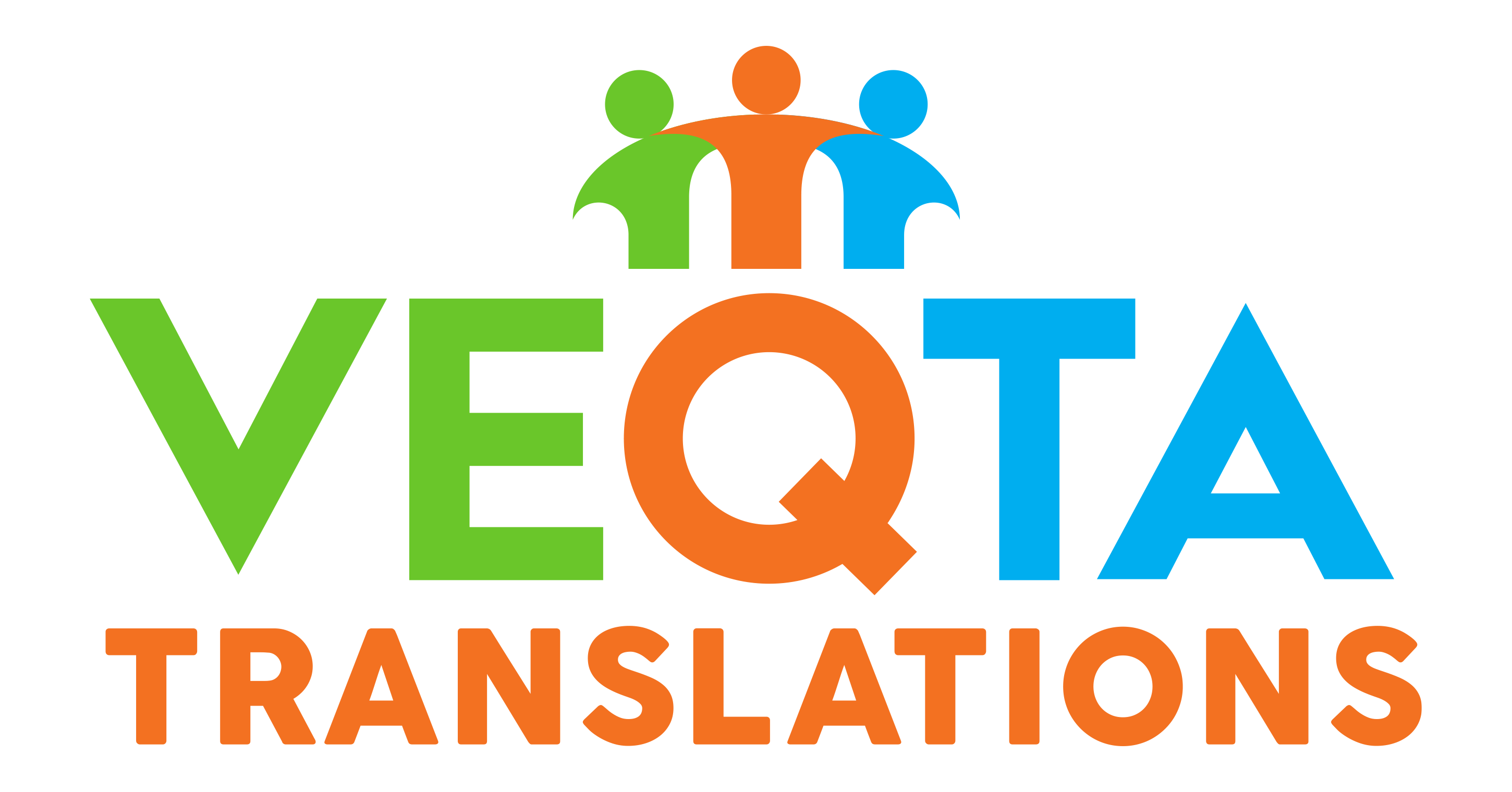Our native Finnish translators will be assigned on the project according to their experience with similar content. We only use experienced native translators who have been thoroughly vetted by language testing proficiency tests.

translate finnish to english today!
Professional English to Finnish Translation Services
At VEQTA Translations, we specialize in providing high-quality English to Finnish translation services. Our certified Finnish translators bring years of professional experience to ensure not only a perfect translation of texts but a true conveyance of their original meaning. With native-language proficiency, our team is adept in a wide range of subject matters, especially in industries like Marketing, e-Learning, Human Resources, I.T., Legal, Tourism & Travel, and more. Our translation services extend across both Malaysia, Thailand and Singapore, offering precise localization solutions to meet global business needs.
• English to Finnish Translations
• Finnish to English Translations
Finnish, a Uralic language, is known for its agglutinative structure and complex cases. A famous high profile localization challenge involved a global brand misusing Finnish case endings, altering product names to humorous or nonsensical meanings, which significantly affected brand perception – this would never have happened with our translation team. VEQTA’s Finnish translators are experts in these grammatical intricacies, ensuring that your translations are accurate and culturally resonant with Finnish audiences.
As a leading language service provider in Malaysia, VEQTA Translations ensures that every Finnish translation meets the highest standards. We utilize industry-specific localization best practices including style guides, glossaries, CAT Tools, and stringent quality assurance processes. Whether you’re in Selangor, Johor, Sabah, Penang, Singapore, or anywhere in the world, you can count on us for accurate and reliable translations of all types of documents and digital content. Rely on VEQTA Translations for your Finnish translation needs and experience service that understands your industry and respects your deadlines. Contact us today to get started!
Once the translation has passed certain quality criteria, it’s passed to the Editor. The Finnish Editor is a senior translator who will go through and polish the text, e.g correcting syntax, grammar and flow.
As a final quality assurance step, we will go through the Finnish documents again to give it an overall quality check, check on typos, any missing content and correct any inconsistencies in the translation.
English to Finnish translation for Marketing, Websites, Apps and Cloud
Finnish language translation requires Subject Matter Expertise for a perfect result.
We provide Finnish terminology experts who has worked in a related field of the source material in Finnish.
Voice over in Finnish language and an array accents and other languages for cold or hot recording for broadcasting, e-learning modules or voice or video translation for corporate use.
Finnish is an important language to consider for translation of your marketing material.
A high quality translation will give you the maximum impact of your marketing material!
English to Finnish Language Expertise
- Finnish Subject Expertise
- Finnish Editors
- Finnish Reviewers
- Finnish Subtitling
- Finnish Translators
- Finnish Copywriters
- Finnish Voice dubbing
- Finnish Transcription
A dedicated team of Finnish translators who combines Experience, Specialized Subject Matter Expertise with Translation Practices to deliver quality second to none.
Finnish Localization Solutions
- Finnish Document Translation
- Finnish I.T Translation
- Finnish Medical Translation
- Finnish Financial & Accounting Translation
- Finnish Legal Translation
- Finnish Health & Fitness Translation
- Finnish Marketing Translation
- Finnish Tourism & Travel Translation
Need a quote?
Connect with your Linguistic Translation Specialist Today!
Fast, Accurate & Affordable Translation Solutions!
Get In Touch
Singapore: +65 6829 7058
Malaysia: +60 3 2776 6812
Thailand: +66 98357 8074
info@veqta.com
Translation & Localization Services in Over 200 Languages

Asian
- Chinese Translation Services
- Thai Translation Services
- Japanese Translation Services
- Korean Translation Services
- Indonesian Translation Services
- Lao Translation Services
- Philippines (Tagalog) Translation Services
- Vietnamese Translation Services
- Burmese Translation Services
- Cambodian (Khmer) Translation Services
- Kazakhstan (Kazakh) Translation Services
- Mongolian Translation Services
- Persian (Farsi) Translation Services
- Armenian Translation Services
European
- French Translation Services
- German Translation Services
- Spanish Translation Services
- Italian Translation Services
- Greek Translation Services
- Portuguese Translation Services
- Dutch Translation Services
- Turkish Translation Services
- Swedish Translation Services
- Norwegian Translation Services
- Danish Translation Services
- Finnish Translation Services
- Icelandic Translation Services
- Croatian Translation Services
- Maltese Translation Services
- Macedonian Translation Services
- Catalan Translation Services
Eastern European
- Russian Translation Services
- Polish Translation Services
- Romanian Translation Services
- Hungarian Translation Services
- Ukrainian Translation Services
- Czech Translation Services
- Bulgarian Translation Services
- Estonian Translation Services
- Belarusian Translation Services
- Lithuanian Translation Services
- Bosnian Translation Services

